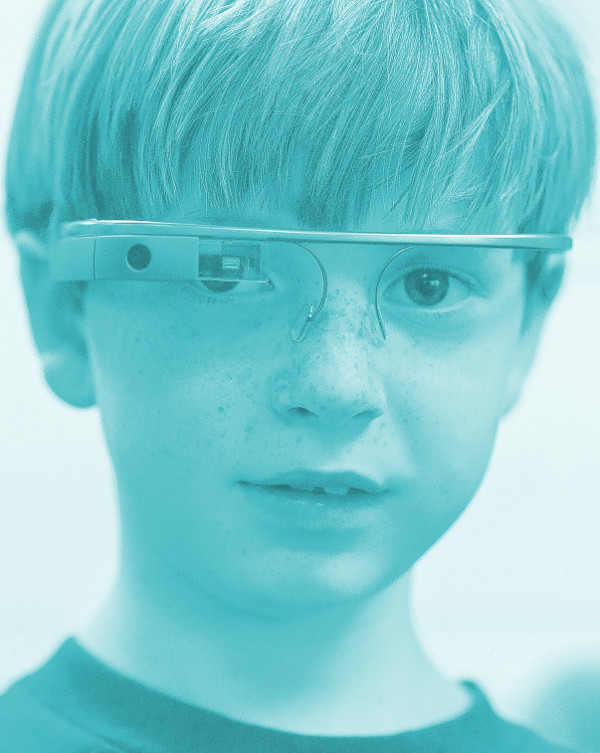Tech tapped for autism assistance
 Children with autism have been equipped with high-tech augmentations to help improve their social skills.
Children with autism have been equipped with high-tech augmentations to help improve their social skills.
The pilot study by researchers at Stanford found children with autism were able to improve their social skills by using a smartphone app paired with Google Glass, that let them better understand the emotions conveyed in people’s faces.
The therapy uses an app that provides real-time cues about other people’s facial expressions to a child wearing Google Glass.
Google Glass, which was linked with a smartphone through a local wireless network, consists of a glasses-like frame equipped with a camera to record the wearer’s field of view, as well as a small screen and a speaker to give the wearer visual and audio information.
As the child interacts with others, the app identifies and names their emotions through the Google Glass speaker or screen.
After one to three months of regular use, parents reported that children with autism made more eye contact and related better to others.
The researchers named the new therapy “Superpower Glass” to help make it appealing to children.
The therapy is based on applied behaviour analysis, a well-studied autism treatment in which a clinician teaches emotion recognition using structured exercises such as flash cards depicting faces with different emotions.
Although traditional applied behaviour analysis helps children with autism, it has limitations - it must be delivered one-on-one by trained therapists, flash cards cannot always capture the full range of human emotion and children may struggle to transfer what they learn to their daily lives.
In the study, 14 families tested the Superpower Glass setup at home for an average of 10 weeks each. Each family had a child between the ages of 3 and 17 with a clinically confirmed autism diagnosis.
Families told the researchers that the system was engaging, useful and fun. Kids were willing to wear the Google Glass, and the devices withstood the wear and tear of being used by children.
Twelve of the 14 families said their children made more eye contact after receiving the treatment.
A few weeks into the trial, one of the children realised for the first time that people’s faces hold clues to their feelings.
“He told me, ‘Mommy, I can read minds!’” the boy’s mother said.
“My heart sang. I’d like other parents to have the same experience.”







 Print
Print